
|
What do Marine Debris do to marine animals? |
|
When plastic bags are suspended in the water, they look like jellyfish to animals like sea turtles. Sea turtles mistakenly eat these plastic bags, thinking it is their favorite jellyfish to eat.
The plastic bags clog their intestines and trick their bodies into thinking they are full. This makes sea turtles stop eating the food they need, so they die from poor nutrition. |
| |
|
|
| |
Marine animals like seals, turtles, and seabirds get tangled or chocked by fishing nets, ropes, and fishing lines. They can't move, so they die from starvation or lack of oxygen. This can happen when the debris are in the water or on the shore by the ocean. |
| |
| |
Mother albatorosses mistakenly feed plastics to their chicks and eat plastics themselves, thinking it is food. When the only thing that fills their stomachs are plastics, both adult albatross and chicks do not get enough nutrition to grow and fly. |
| |
|
You can view this CNN Report on what is happening at Midway Atoll
This is an external website. Please copy and paste a link into a browser address bar.
https://www.youtube.com/watch?v=lsJqMmuFWO4 |
|
| |
| |
When fish, whales, and other marine animals gulp seawater, they sometimes end up taking in small plastic pieces as well. |
| |
| |
|
| Photo courtesy: NOAA (The National Oceanic and Atmospheric Administration) |

|
What Marine Debris does to human? |
| |
People can get sick from eating fish that eat plastics. When we eat fish that eat plastics, those debris can end up in our stomachs as well. As more fish consume more plastic debris, we will need to be more careful about eating seafood. |
| |
It is not safe for people to play on the beach or swim in the ocean with Marine Debris. Some debris are very sharp, such as broken glass pieces or injection needles that anyone on the ocean can step or fall on.
Other debris might have chemicals or other unknown liquids in or on them that can be harmful to people. |
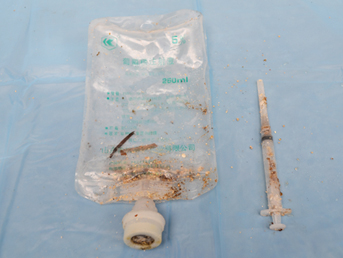 |
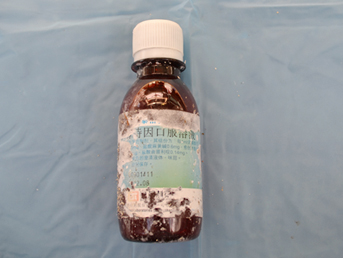 |
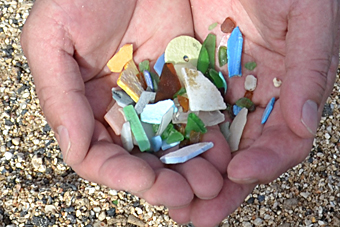 |
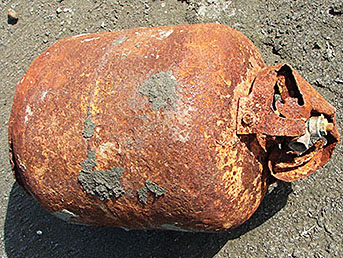 |
| drip bag & injection needle |
medicine bottle |
plastics & glass pieces |
propane gas tank |
| |
|
|
|
We cannot safely enjoy and watch the beautiful ocean
because of Marine Debris. |
 |
|
| |

|
What Marine Debris does to the ocean environment? |
| |
Because Marine Debris is increasing rapidly every year and is becoming a part of the marine environment. |
| |
Many marine creatures are using marine debris as shelter and are living in them. This makes it hard to clean up marine debris because of the small creatures that will also be removed from their environment. |
A group of
macroplanctons
in a
home of a small
light bulb
The light bulb was found
at Ocean Shores
on July 30, 2014
|
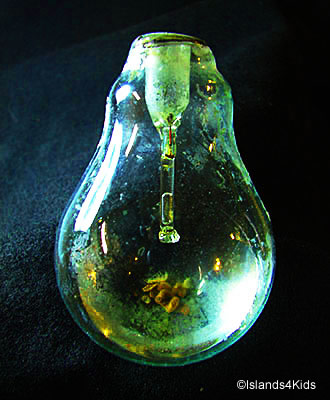 |
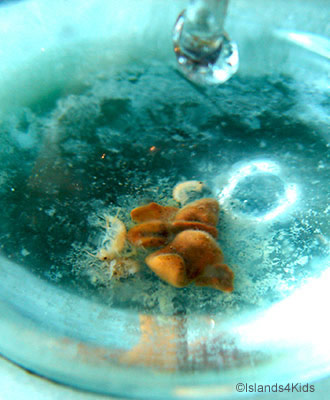 |
 |
|
| |
 |

|
 |
|